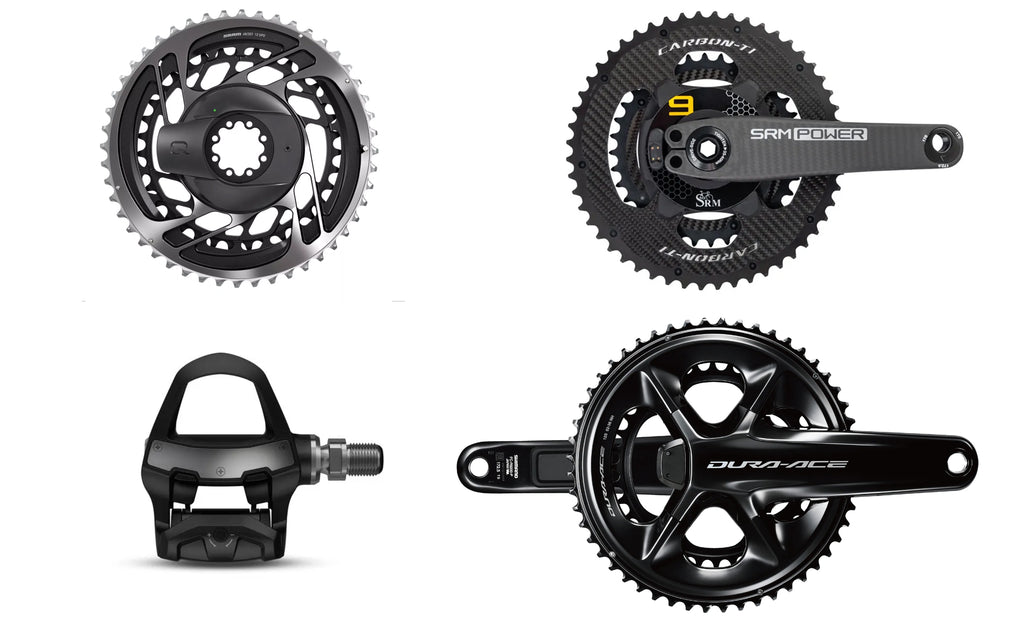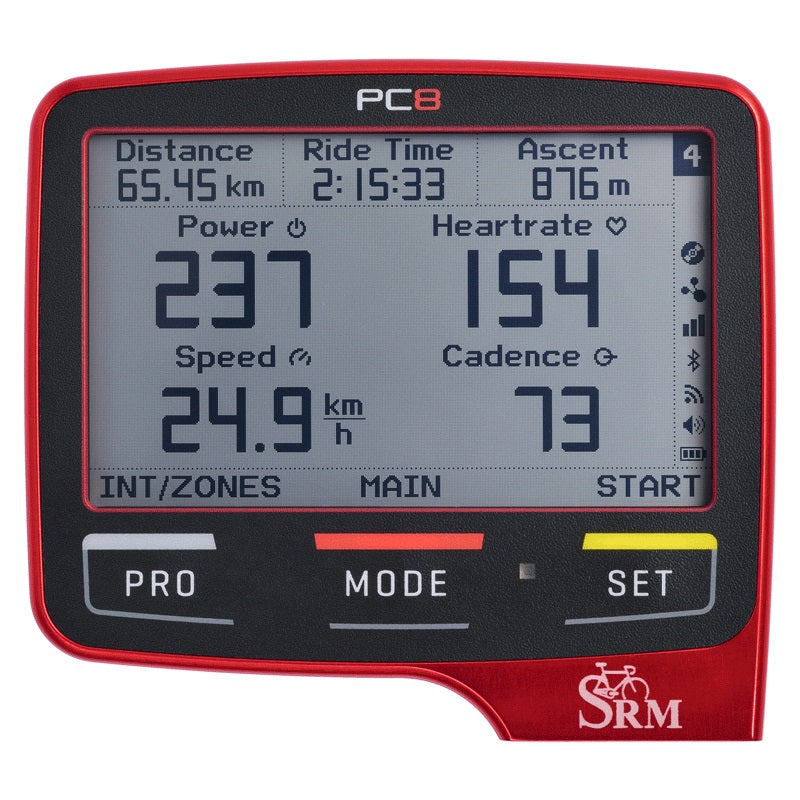If you don’t train with a power meter, have no intention of buying a power meter, and ride purely for pleasure, then you probably don’t need to read this blog. If you are riding a lot and considering purchasing a power meter but wonder how use your power numbers to improve your training and fitness, then perhaps we can help give you some idea why normal people, i.e. folks who are not pros and maybe even not that interested in racing in general, have power meters and train “to power”.
So, what do power meters have to do with FTP in cycling? Or perhaps the question should be what is FTP in cycling, and what does it have to do with you and your training regime?

What does FTP stand for?
FTP stands for Functional Threshold Power and indicates the highest average power you can sustain for one hour. In other words, it’s how much power you can hold on flat-to-rolling terrain for an extended period (usually about an hour). It’s important to keep that flat-to-rolling terrain in mind because if there’s too much climbing, then you start looking more to w/kg, which for the moment at least, is another kettle of fish.
What FTP is actually measuring is your body’s ability to remove lactate during moments of high intensity efforts. “High intensity efforts” translates into those times when you are pushing the pedals nearly as hard as you can before blowing up. In this case, the word “nearly” is quite important because we’re not talking about a sprint to the city sign post or a couple minutes of pushing up a short, steep hill.

Power zones in training
You’ve probably heard some cycling friends or read how pros in interviews talk about riding in zone 2, or 3 or 4 or even 5. There are six defined zones that have become an essential tool for cyclists and their coaches – when they use one – to set training regimes and track performance.
- Zone 1 Active recovery (easy spinning)
- Zone 2 Endurance (Long Slow Distance)
- Zone 3 Tempo (Fast paced group ride speed)
- Zone 4 Lactate Threshold (Just below capacity – FTP pace)
- Zone 5 VO2 Max (Interval intensity of between 3 min and 8 min)
- Zone 6 Anaerobic Capacity (Super high intensity intervals lasting between 30 sec and 3 min)
Your power zones are tied to a percentage of your FTP and can be used to structure your training so that you are continually improving. Structured training plans help prevent you from either stagnating at a certain fitness level or overtraining through too many intense efforts without proper rest.
Knowing your FTP means that you can put your training power numbers into context. What does 200 Watts mean for you? If you are a large powerful rider, 200 Watts might be a reasonably easy endurance pace, while 200 Watts for a smaller rider might put them at the upper end of Zone 3 Tempo.
How to calculate FTP
Since FTP is derived from measuring your lactate threshold (LT) and VO2 Max, the most professional way to calculate it is in a laboratory with blood tests and an intense session on an indoor trainer to determine your VO2 Max. You’ve probably seen images of professional riders with high tech masks attached to the face to measure the oxygen intake, and having their index fingers pricked to give a blood sample for the lactate measurement.
However, most of us don’t have access to that type of treatment. That doesn’t mean that we can’t determine our current FTP. One of the best ways to calculate your FTP, especially if you have never ridden with a power meter before, is to use the 20-minute test. This test is frequently offered by various online training apps like Zwift, Tacx Training, and Rouvy.
Some applications allow for a cycling warm up time before testing begins. We recommend you take advantage of that since warmer muscles inevitably will perform better.
And if you are conducting this test on the road with your power meter, please be certain to choose a route that will allow you to ride safely and consistently without having to stop for things like stop signs, stop lights, and road crossings, while following all traffic rules. We’ve used places like deserted office parks at times to conduct our own FTP tests. Keep in mind, too, that it shouldn’t be too hilly. Rolling to flat terrain is ideal to keep an evenly sustained effort without requiring surges in power.
With the 20-minute test, you ride for 20 minutes at the hardest level you can sustain for that amount of time. Your FTP is 95% of the average power during the 20 minutes. It’s not a sprint, but a more measured performance. It should feel hard, and you should feel it in your legs at the end. There will be sweat.
If you are asking what is FTP in cycling, you are probably thinking about trying to structure your training in a way that you can objectively ascertain how much you are improving and by how much. As you structure your training more, you will want to take multiple FTP tests throughout the season.
As your fitness improves, so will your FTP, which will in turn impact your power zones. Even if you are not typically data driven, it’s an immensely satisfying process. Happy training!




































































































































































































































































